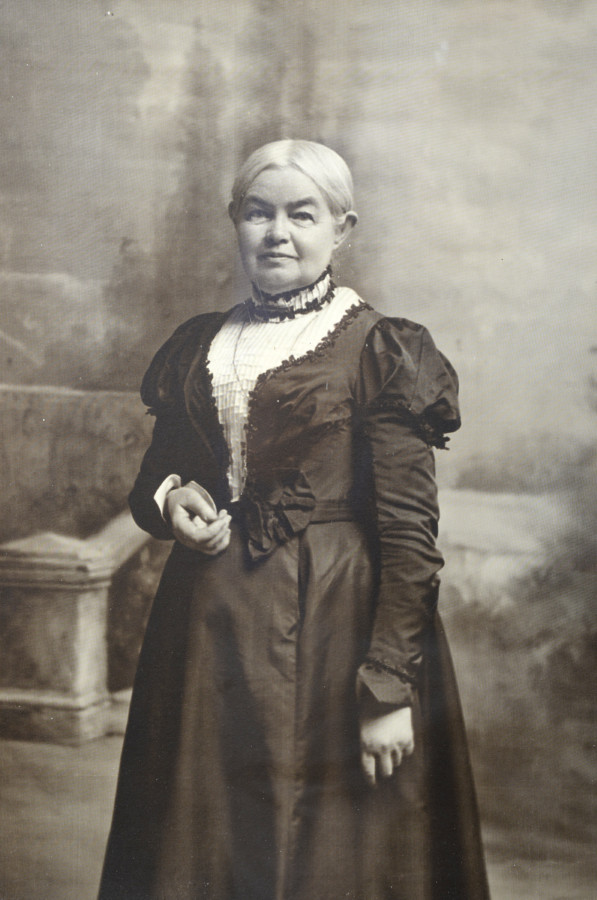Known for her activism and interest in education equality, women’s rights, and the temperance movement, Emily Howland was a formidable woman. Born in 1827 to a family of the Society of Friends in Sherwood, NY, Howland’s valuing of human equality was encouraged by her father, Slocum, an Underground Railroad stationmaster. Throughout her life, Howland practiced the teachings of the Quaker community and continued to actively fight for equality. An ardent abolitionist, she taught at the Normal School for Colored Girls (now University of the District of Columbia) in Washington, DC from 1857 to 1859.
Throughout the Civil War, Howland worked at multiple refugee settlements where she taught formerly enslaved people how to read and write, and cared for the sick during a smallpox outbreak. Following the war, Howland purchased a plot of land called Arcadia in Heathsville, VA, to settle families she had befriended in the camps. She founded the Howland Chapel School, supporting the school along with nearly fifty other African American schools throughout the American South.
During the remainder of her life, Howland became widely recognized as a pioneer and leader in the women’s suffrage movement, serving as a spokesperson at the 1894 NY State constitutional convention, and before the United States Congress. Though her friends from the first generation of the suffrage movement had since passed, Howland was able to cast her vote in 1920. Until her death at the age of 101, Emily Howland served as the director of the First National Bank of Aurora in Aurora, NY. She was one of the first women to become the director of a national bank in the United States.

